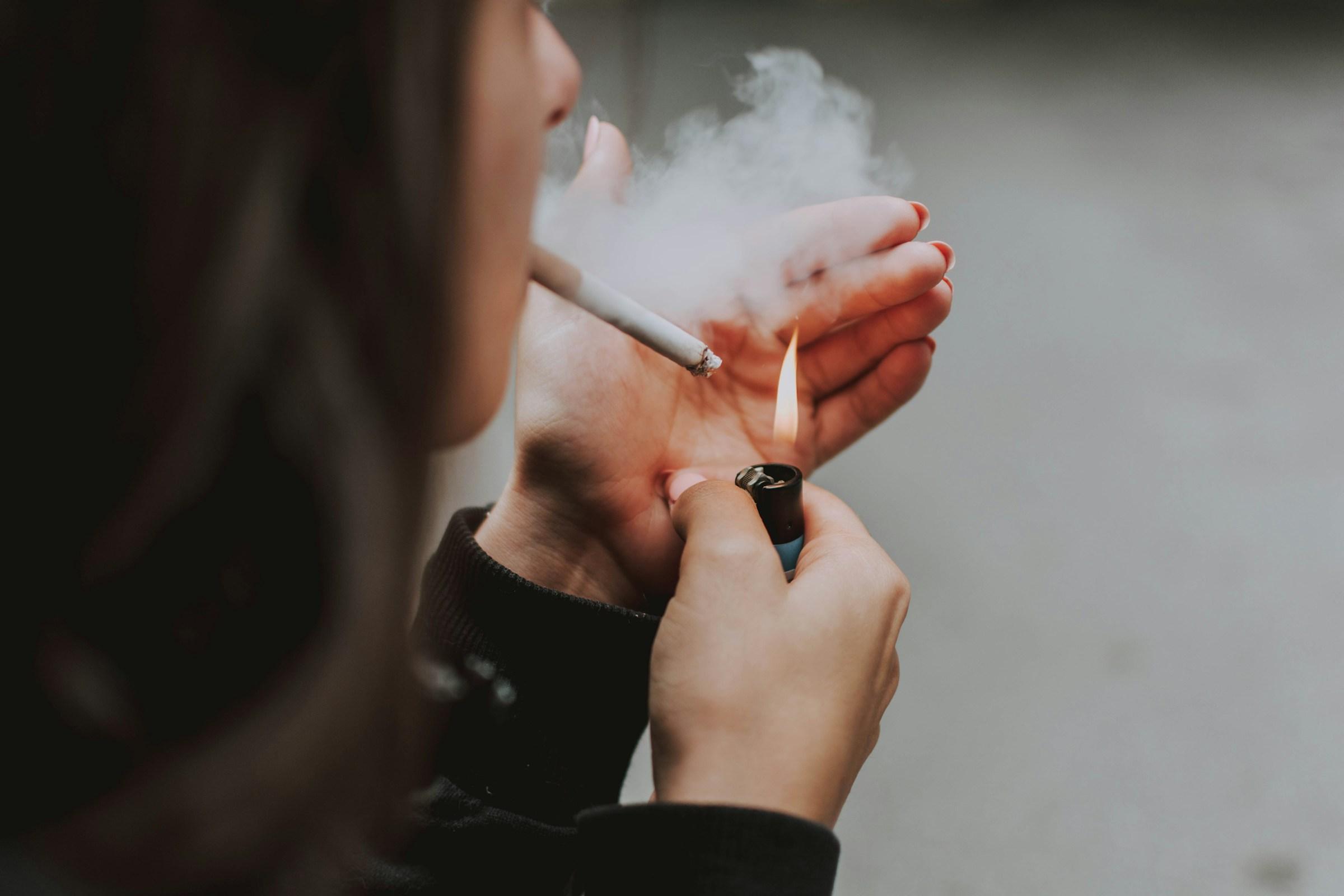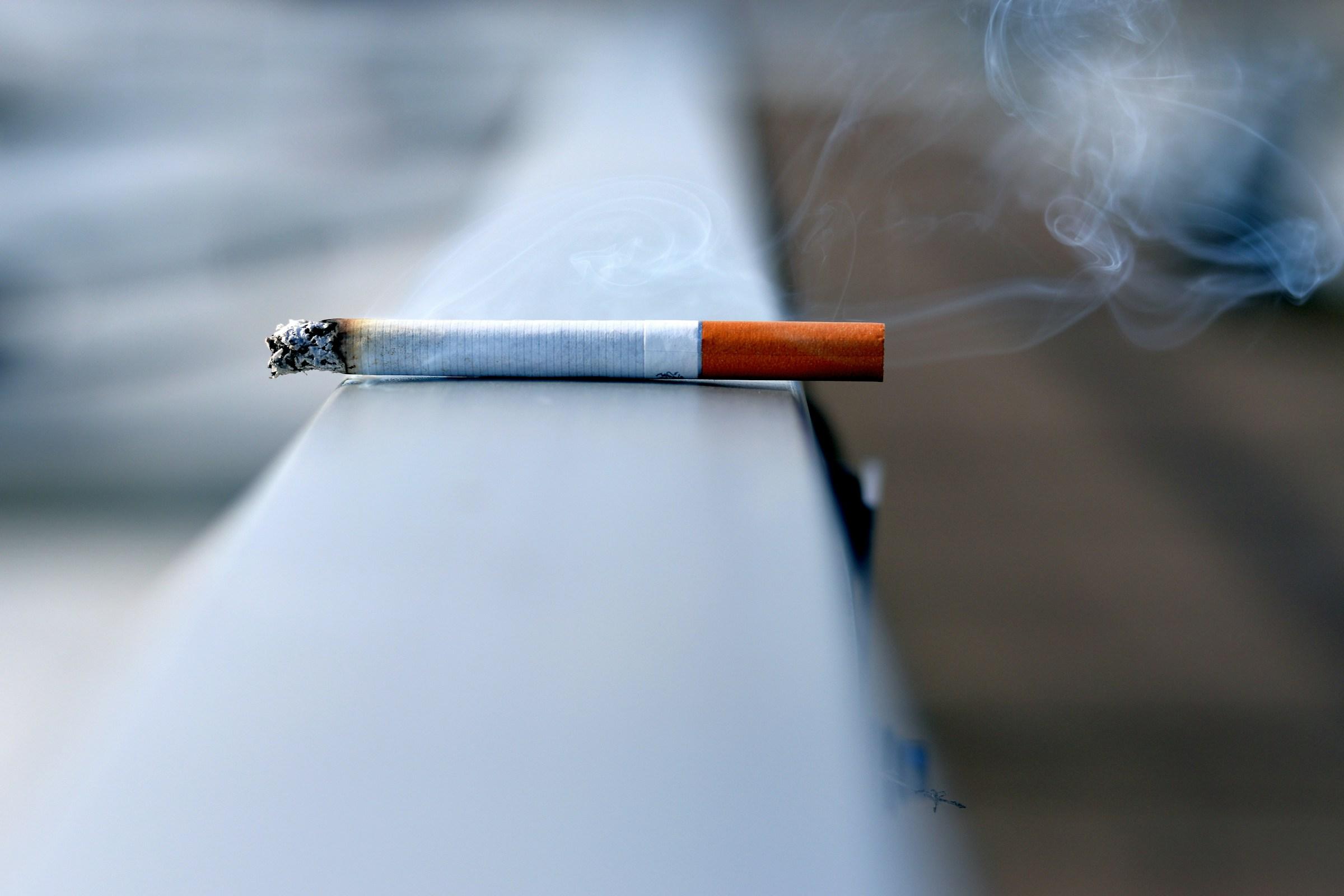Quitting smoking often feels like a single, dramatic decision. You pick a date, throw away the last pack, maybe tell a friend or keep it to yourself. In reality, that decision is only the doorway. Once you walk through, your brain, your body, your routines, and even your social life start a full reset. Understanding what to expect when you quit smoking helps you stop interpreting every uncomfortable feeling as a sign of failure. Instead, you begin to see it as part of the process your system has to pass through to heal.
In the first twenty four hours, nicotine begins to leave your body quickly. Your heart rate and blood pressure start to move toward a healthier baseline, and levels of carbon monoxide in your blood begin to drop. That means more oxygen can circulate and your organs receive cleaner fuel. At the same time, your brain is confused and irritated. It has become used to nicotine as a shortcut for dopamine, focus, and temporary calm. When that shortcut disappears, the brain reacts. Many people feel restless, irritable, or strangely flat. Cravings arrive in strong waves that feel like they will never end, even though each wave usually peaks and fades within a few minutes.
This is why the first day is less about being tough and more about being simple. It helps to eat regular meals, drink enough water, and slightly reduce caffeine so you do not stack jittery energy on top of withdrawal. When a craving hits, you only need a small, repeatable action. Walking to the end of a corridor, taking ten slow breaths, or rinsing your face with cold water can be enough to ride out the peak. You are training your nervous system to realise that it can survive the spike without a cigarette, which is a powerful message.
During days two and three, physical withdrawal often hits its highest intensity. By this point, most of the nicotine has left your system, but your brain is still recalibrating. That gap between an old pattern and a new one creates friction. You may experience headaches, a light sense of nausea, or a tight feeling in your chest as your airways start to clear and your lungs begin a slow clean up. Concentration can suffer. Tasks that used to feel simple can suddenly feel heavy and hard to start. Sleep may become shallow or broken, and emotions can rise closer to the surface. People sometimes report feeling angrier than usual, unusually tearful, or simply drained.
None of these symptoms mean that quitting is not working. In fact, they are often a sign that the dependency loop is breaking. This is also the window in which many people slip back into “just one cigarette,” not because they have changed their minds about quitting, but because they want relief from the discomfort. If possible, it helps to reduce non essential demands during this period. You can batch easy tasks, avoid major conflicts, and give yourself permission to treat these days like recovery from a demanding workout. The goal is to get through them without lighting up, not to win any productivity awards.
In the first two weeks, the sharpest physical withdrawal usually begins to ease, but cravings do not disappear. They simply change shape. Instead of being driven mainly by nicotine levels, they become more connected to habits and triggers. You finish a meal and your hand almost automatically reaches for a cigarette. You feel stressed at work and your brain offers the familiar solution. Situations that always included smoking in the past suddenly feel incomplete without it.
Your mood can also swing during this period. Some people feel low or mildly depressed as the brain’s dopamine pathways adjust to life without nicotine. Others feel on edge and anxious. Sleep may still be unstable, with early waking or vivid dreams. The goal in this phase is not to stop cravings altogether. It is to shorten the amount of time they control your decisions. When a craving arrives, you can name it in your mind, remind yourself that it will pass, and move your body. Cravings tend to surge and drop within a few minutes if you do not argue with them. A simple routine can help. You might decide that every time a craving appears, you drink a glass of water, chew a piece of gum, or send a short text to a friend. Over time, this becomes a new automatic response that replaces smoking.
Another common change involves appetite, weight, and energy. Nicotine naturally suppresses appetite and slightly increases metabolism. When you remove it, hunger can increase. Food smells stronger and tastes better, and you may find yourself drawn to snacks, especially those high in sugar or fat. A small amount of weight gain in the first months is very common and not a personal failure. It is your body trying to find a new balance now that it is not being artificially pushed and held in a certain state.
Instead of trying to stick to a strict diet while you are quitting, it is more realistic to design a simple food strategy. Prioritise real meals that include protein and fiber so you feel full for longer. Keep basic, reasonable snacks available so you are not making decisions while you are already starving and irritable. It is also better to add light, consistent movement, such as short walks, than to throw yourself into an extreme training program. A ten or fifteen minute walk after meals can reduce cravings, improve blood sugar control, and support your mood without adding more stress. Intense all or nothing plans tend to collapse, and when they do, some people reach back for cigarettes as a way to cope. Durability matters more than drama.
Between weeks three and eight, many people notice a clearer shift. Breathing can feel easier on the stairs or during light exercise. Coughing may temporarily increase as your lungs work harder to move out mucus and long stored residue. Your senses of taste and smell sharpen. Morning energy can begin to feel cleaner, no longer tied to the artificial lift of nicotine. These changes are signs that your body is adjusting and starting to repair.
Psychologically, this stage can feel like a strange middle ground. You are far enough from your last cigarette that you can barely remember how intense the early days felt. At the same time, you are not yet relaxed enough to feel completely safe. Certain triggers still carry influence. A late night, a few drinks, an argument with someone close to you, or pressure at work can wake up the old script in your mind. This is where your environment plays a major role. Clearing out lighters, ashtrays, and anything associated with smoking reduces the number of cues. Choosing not to linger in smoke heavy spaces for a while lowers temptation. Planning in advance how you will handle social events helps, too. When you make these decisions ahead of time, you rely less on raw willpower and more on design.
From the second month onward, much of the physical withdrawal has passed. The remaining work is mainly mental, emotional, and environmental. The biggest risk is often complacency. After a few months, you begin to feel like a non smoker. Your breathing and energy improve, and you might think that you have fully escaped the habit. Then something happens. A rough day, a celebration, an old friend offering you a cigarette outside a bar. In that moment, the idea of “just one” can be very persuasive.
The problem is that addiction rarely respects the idea of “just one.” For many people, that single cigarette reactivates old neural pathways very quickly. Because of this, many ex smokers follow a simple rule that zero is easier than one. At the same time, this is the stage where performance benefits are easiest to see. If you exercise, you may notice improved endurance and faster recovery. Your circulation and skin tone often improve, and lung function tests, if you take them, typically show better results than when you were still smoking. Tracking these gains can provide tangible proof that quitting is working for you, not just in theory but in measurable ways.
On a deeper level, quitting smoking affects identity, not just behavior. Smoking is often tangled with how you manage stress, take breaks, and relate to other people. The act of going for a smoke can be a way to leave your desk, step outside, or start a conversation. When you quit, you are not only giving up nicotine, you are letting go of a ritual that may have felt like part of who you are. It is normal to feel awkward at parties, restless during breaks, or unsure of how to act in social circles where smoking is still common.
The healthy way through this friction is to build replacement rituals that meet the same needs without the cigarette. You still deserve breaks. You can still step outside. You can still connect with people. You might go out, stretch for a minute, check in with someone you care about, or simply enjoy a moment of quiet before going back to your work or social group. After enough repetitions, this new pattern becomes natural and no longer feels like a temporary substitute.
It is also important to understand that not everyone quits in a single attempt. Some people stop once and never return to smoking. Many others stop, slip, restart, and refine their approach. A slip does not delete months of progress, and it does not mean you are incapable of quitting. It is feedback about your system. If you do smoke again, you can sit down and look at what was happening just before that moment. What time was it, where were you, what were you feeling, and who were you with. The goal is not to judge yourself, but to learn. Perhaps you were too hungry, overwhelmed, or under slept. Perhaps alcohol made it easier to ignore your own rules. With that information, you can adjust something specific and practical, like eating earlier, leaving an event sooner, or telling a trusted person that you need support in certain situations. The real skill is not perfection. It is the ability to shorten the time between a slip and getting back on track.
When you look at the long term, quitting smoking is less about a single heroic decision and more about building a protocol that can survive normal life. That protocol does not have to be complicated. It needs a clear plan for cravings, basic guardrails for sleep, food, and movement, and an environment that makes smoking harder instead of easier. It also helps to record small wins, such as days without cigarettes, improvements in breathing, or better workouts. These small pieces of evidence show your brain that change is real.
Over months and years, the health benefits compound. Your risk of heart attack and stroke drops compared to if you had kept smoking. Your risk of certain cancers, particularly lung cancer, remains, but it is significantly lower than it would have been if you had continued. You breathe with less effort, move more freely, and support healthier aging from the inside out. If you choose to quit, it is worth giving yourself the same structure and patience you would give to any serious training or personal transformation. Discomfort, mood shifts, and cravings are not signs that you cannot do it. They are signs that your system is resetting. When your new protocol holds up not only on good days but also on bad weeks, you know it is strong enough to carry you forward as a permanent non smoker.









.jpg&w=3840&q=75)




